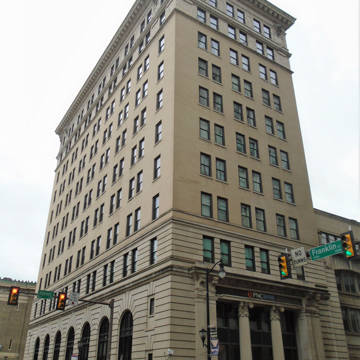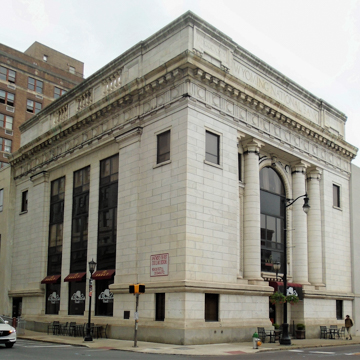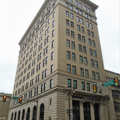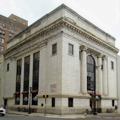You are here
PNC Bank (Second National Bank)
The importance of the riverfront to Wilkes-Barre's early economy made the two blocks of W. Market Street the commercial and banking hub. When the new streetcar system shifted retail activity to Public Square and S. Main Street, the banks remained. The various Beaux-Arts office buildings constructed by Wilkes-Barre's bankers at the intersection of W. Market and S. Franklin streets irrevocably altered the scale of the Victorian city. McCormick and French enjoyed a lucrative career designing Beaux-Arts buildings in and around Wilkes-Barre, including this tripartite office tower as well as the competing Wyoming National Bank across the street.
Writing Credits
If SAH Archipedia has been useful to you, please consider supporting it.
SAH Archipedia tells the story of the United States through its buildings, landscapes, and cities. This freely available resource empowers the public with authoritative knowledge that deepens their understanding and appreciation of the built environment. But the Society of Architectural Historians, which created SAH Archipedia with University of Virginia Press, needs your support to maintain the high-caliber research, writing, photography, cartography, editing, design, and programming that make SAH Archipedia a trusted online resource available to all who value the history of place, heritage tourism, and learning.





